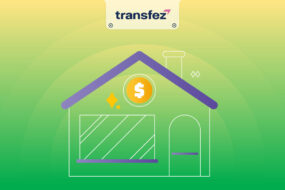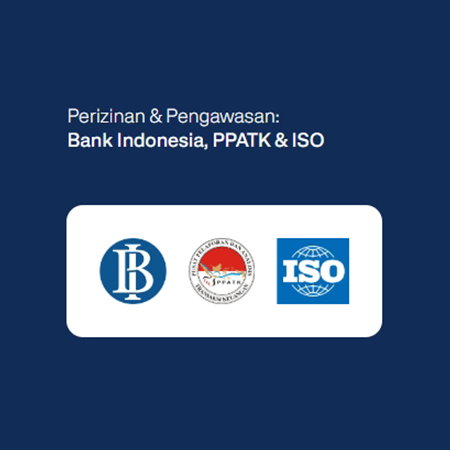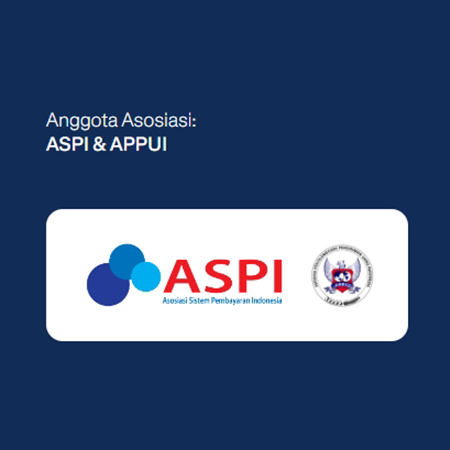The mineral resources of the Philippines significantly influence the country’s life and economy. Nearly all ASEAN nations are rich in natural resources, with each country having its own distinctive strengths and commodities.
This abundance brings opportunities to improve public welfare and drive economic growth through the trade of key natural resources. While the Philippines may not be widely known for its mining sector, it is in fact one of the world’s top nickel producers.
Read also: Remittances Boost Indonesia’s Economy, Transfez Plays a Part Too
Philippines Mineral Resources
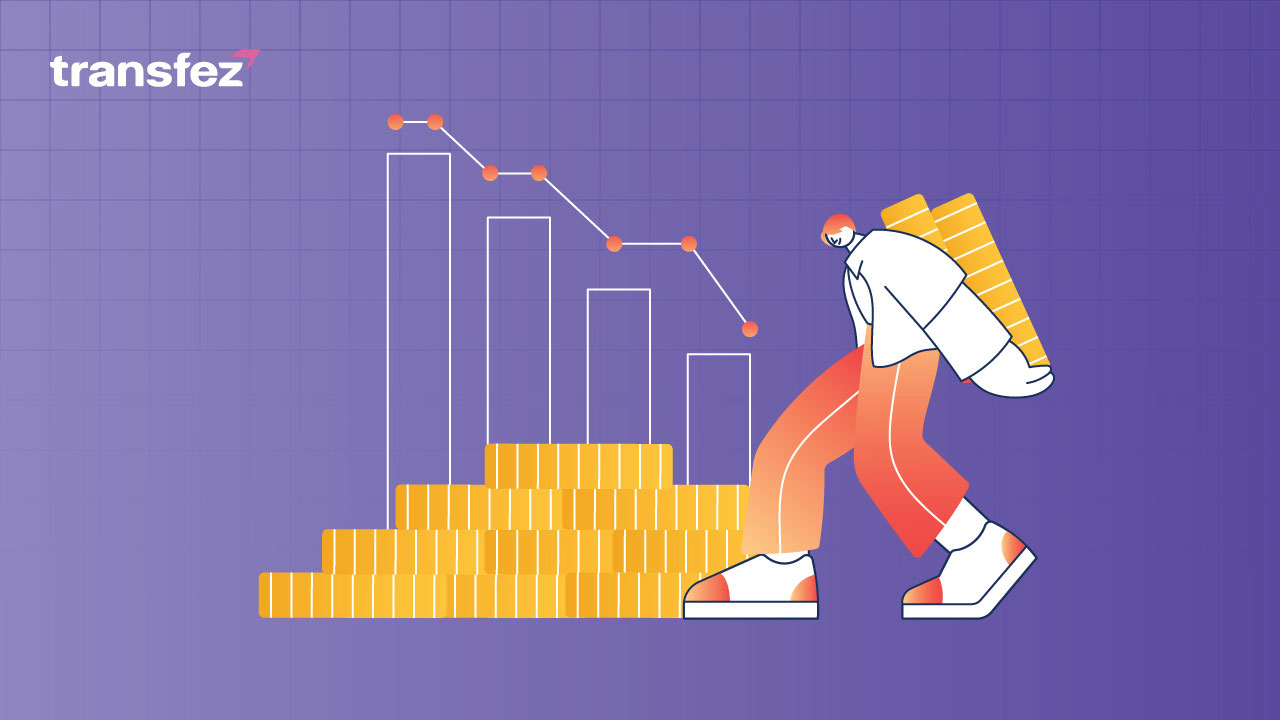
The Philippines is a resource-rich country whose mining industry plays an important role in economic development, with resources like silver, gold, iron ore, copper, oil, and more. However, mining is not the country’s primary economic driver.
Being largely agricultural, the Philippines relies economically on natural resources in farming, including bananas, sugarcane, coconuts, rice, coffee, corn, and pineapples. Its mining sector’s main commodity is nickel, making the Philippines one of the top nickel producers globally.
In addition to nickel, the country’s mines also yield copper, gold, iron ore, chromite, cobalt, manganese, silver, zinc, petroleum, and coal.
Transfez: Send Money Easily to 70+ Countries Worldwide
Examples of Mineral Resources in the Philippines
While the Philippines is primarily agricultural, with most of its population working in agriculture, other important sectors include plantations, fisheries, and mining.
Mining in the Philippines has sparked public and governmental debate due to potential environmental impacts that some operations have caused in the past.
Key mining locations in the Philippines include:
- Oil extraction and refineries in Manila Bay
- Gold, copper, silver, and iron ore mines on Cebu, Mindanao, and Luzon Islands
- Chromite mines in the Zambales mountains
- Manganese mines in Palawan, Bohol, and Mindanao Islands
Philippines’ Mineral Products

Nickel is the Philippines’ primary mineral product. This silvery-white metal, discovered by Axel Fredrik Cronstedt in 1751, is often found in meteorites and helps distinguish them from other minerals. Nickel is widely used in stainless steel production and as a coating for iron or steel items.
Other minerals extracted in the Philippines include silver, gold ore, cobalt, manganese, zinc, natural gas, and petroleum. As a mountainous island nation, the Philippines has abundant natural resources.
Read Other Transfez Articles About Abroad
Understanding the Myanmar Education System: Structure, Curriculum, and Key Institutions
Thailand Mineral Resources and Natural Wealth That You Need to Know
Exploring Malaysia’s Mineral Resources: Tin, Bauxite, Gold, and More
Mining Products of South Africa That’s Important for the Country’s Economy
What is the Philippines Known For Producing?
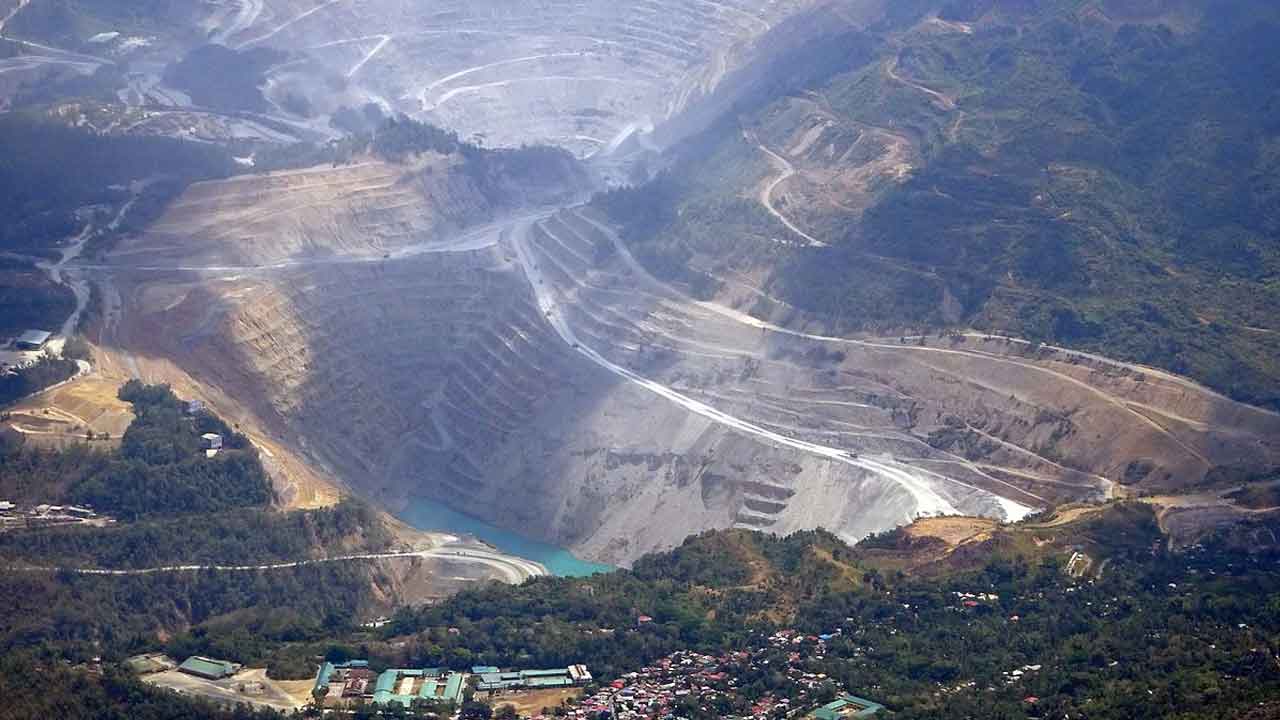
1. Nickel
The Philippines is one of the largest nickel producers globally, with significant reserves especially in Mindanao and Palawan. Nickel exports play a major role in the national economy.
2. Coconut
The Philippines is a leading global coconut producer, contributing around 25% of the world’s supply. Its exports include coconut milk, coconut oil, and copra.
3. Banana
The country is also known for banana production, particularly the popular Cavendish variety, widely exported across Asia and the Middle East.
4. Pineapple
The Philippines ranks among the world’s top pineapple exporters, with plantations in Mindanao sending produce to countries like Japan and the United States.
5. Fish and Seafood
As an island nation, the Philippines has a thriving fisheries sector. Products like shrimp and tuna are exported globally, making the country a key player in the seafood market.
6. Sugar
The Philippines has a rich sugar production history and is one of Asia’s top sugar producers, contributing significantly to the national economy.
7. Gold
The country is also a major gold producer in Southeast Asia, with mines located in Luzon and Mindanao making notable contributions to national output.
Read also: Transactions with Transfez Are Safe and Fraud-Free
Philippine Economy
Understanding mining in the Philippines also involves exploring its broader economy. The primary livelihood for many Filipinos is agriculture, producing coconuts, rice, pineapples, abaca fiber, tobacco, and sugar.
As an agricultural nation, the Philippines’ economy benefits greatly from its natural resources, especially in farming. However, its mineral wealth also plays a key role in economic development.
Tourism is another economic contributor, with the government promoting eco-tourism. The country is well known for its lakes and stunning natural landscapes.
Looking for an easy and affordable way to send money abroad? Use Transfez!
Creating a Transfez account is free and lets you send money internationally with lower fees, transparent rates, and quick, safe transfers to foreign bank accounts.
Simple steps to send money with Transfez:
1. Sign up via the Transfez app,
2. Set the amount to send,
3. Verify your identity,
4. Enter the recipient’s details,
5. Make the payment,
6. Your transfer is complete.
Learn more about how to send money abroad using Transfez here. You can also try out the exchange rate calculator or browse the destination list to see how much your recipient will get.
Download the Transfez App
The Transfez app helps you send money overseas faster, cheaper, and more efficiently. It’s also great for businesses handling international transactions. Whether you’re supporting family abroad, studying, working, or traveling, Transfez is here to help. Available on Android and iOS. Download now!





